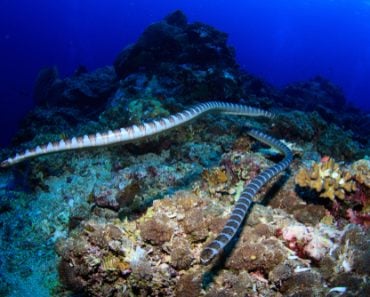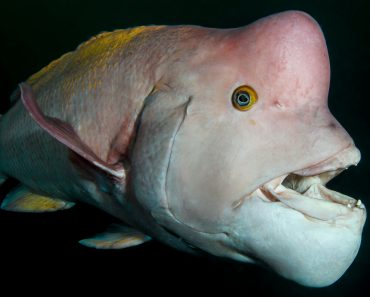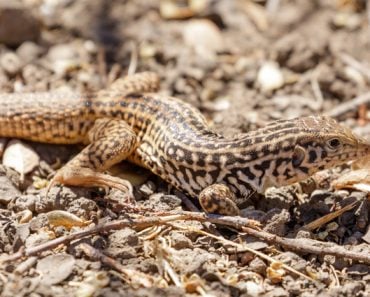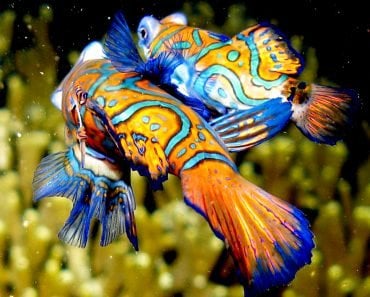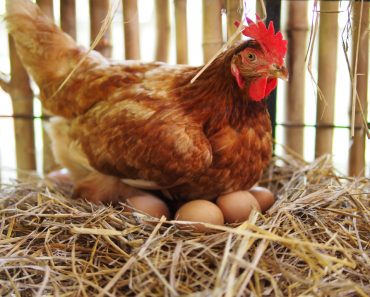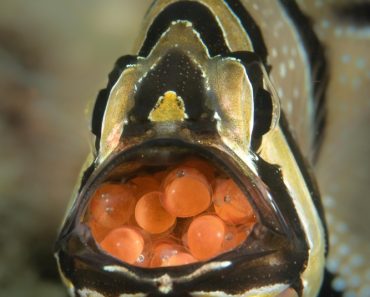Table of Contents (click to expand)
Merely looking at the nest won’t help you know whether a turtle will be male or female, but the temperature(s) inside the nest can reveal which sex the baby turtle will turn out to be.
As harsh as this may sound, sea turtles abandon their eggs and never once come back to look after them. Therefore, the component that provides these eggs with a motherly touch and helps ensure their proper development also dictates whether they’re born male or female.
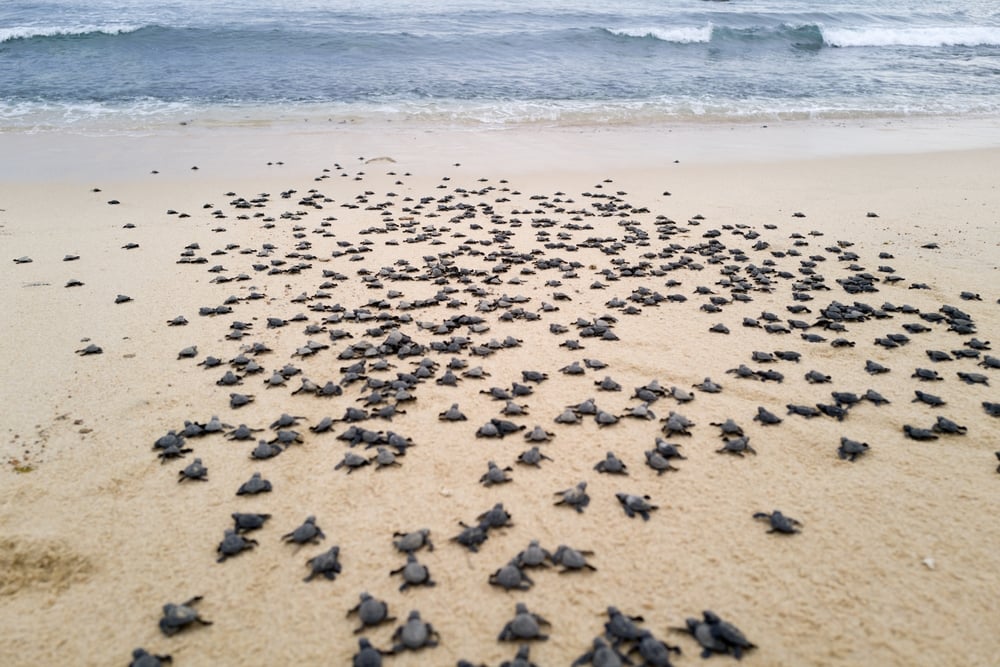
Recommended Video for you:
Some Like It Hot
When it’s time to mate, the males shoot their shot by gently caressing the female’s body. This male would have to beat all the other male turtles to win her heart. If she does not flee, the two can mate. However, there are plenty of fish in the sea (or in this case, turtles), so the females tend to mate with many other males prior to nesting, wherein she stores the sperms and fertilizes with them when she lays her eggs. This helps maintain genetic diversity in the turtle population. When it comes time to birth her young, female turtles remain loyal to the beach on which they previously nested. Not just that, but female turtles will even carefully scope out the very same nest spot from the past. Once she’s there, she uses her body to create a “body pit”, and cups her back flippers to dig an egg-shaped cavity. Since all the nests are made using the same technique, they closely resemble one another. In other words, merely looking at the nest won’t help you know whether a turtle will be male or female, so what exactly reveals the gender of the turtles, if not the physical appearance of the nest? After the eggs are laid, they’re on their own. The eggs take about 60 days to develop, and the temperature of the sand is what determines this pace. Typically, the hotter the sand of the nest, the quicker these embryos will change into full-fledged little baby turtles.
Is It A Boy Or A Girl?
In the world of turtles, girls are indeed hot and boys are cool! It has been observed that in warm summers, the number of turtle hatchlings boasts an overwhelming number of females, while it’s the other way around during comparatively cooler summers, when mostly male turtles emerge.
Unlike in most species, where the gender is determined during fertilization, reptiles have their sexes determined post-fertilization. Baby sea turtles are genderless and have neither sex chromosome, i.e., an X or Y chromosome. The temperature of the sand around the nest imparts heat to the eggs, and this varying level of heat decides the fate of these genderless baby sea turtles. This phenomenon is known as temperature-dependent sex determination or TSD.
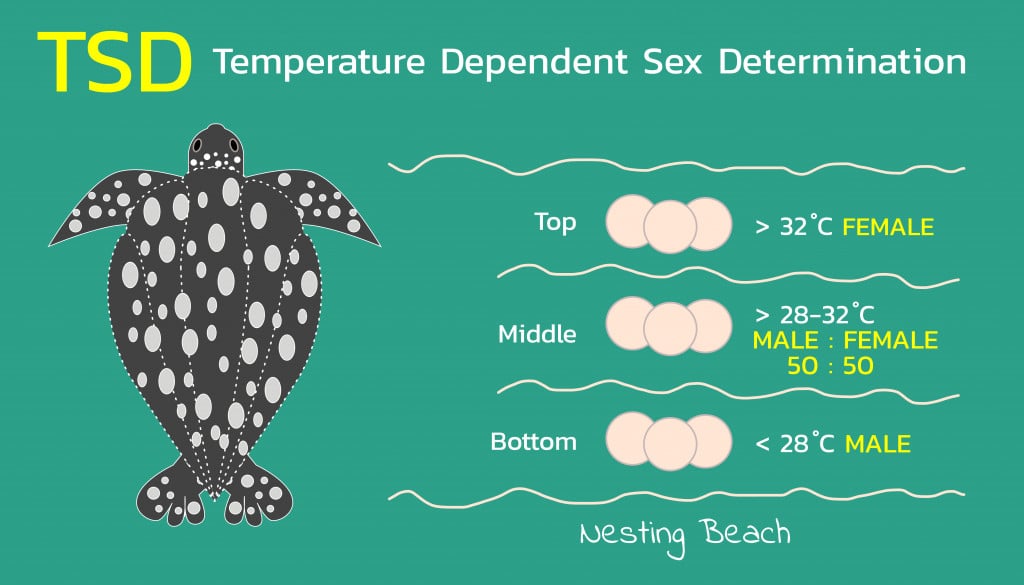
Sand of different color absorbs heat from the sun in varying amounts. The darker the sand, the hotter it tends to be. Light or white sand beaches are somewhat cooler than black sand beaches.
Scientists have found that, in turtles, there is a “pivotal temperature” of about 29°C (84.2°F). At this temperature, the turtles are born with an approximate 50:50 gender ratio; roughly half the turtles of a clutch (eggs in a nest) are females, while the other half are males. If a turtle’s eggs are developing at a temperature that is below 27° Celsius, the turtle hatchlings will predominantly be male, and if they’ve incubated at temperatures above 31° Celsius, it’s almost certain that they’ll be females.
A hypothesis for how a physical factor like temperature could change the gender of a turtle is that the change in temperature is sensed by the neurons in the central nervous system of the turtle, which in turn sends a signal to the gonads via nerve fibers.
However, not all species follow this theme of environment-dependent sex determination. For example, in Macroclemys, the eggs of the snapping turtle turn female at either cool (22°C or lower) or hot (28°C or higher) temperatures. At any temperature between these values, males will predominate.
What Other Factors Affect Temperature-dependent Sex Determination?
In vertebrates, the sex of an organism can be solely determined by their genes, or this responsibility could be shared by both the genes and the influence of the environment. The latter is true in the case of reptiles like turtles, where sex determination is a result of hormone-dependent changes driven by changes in the environment.
Turtles have a hormone, estrogen, that is crucial for ovarian development. This can be stimulated at a temperature other than what is required to produce females. If it does, it can induce differentiation of the ovaries, thus producing males. The sensitive time period for the estrogen to take full effect coincides with the time when sex determination usually happens.
Another factor that could come into play during TSD is an enzyme called aromatase. This enzyme can convert a male sex hormone, testosterone, into a female sex hormone, estrogen. If the levels of the aromatase hormones are low, many male offspring will be born. Thus, at the female-promoting temperature of 30-31°C, the aromatase activity increases drastically, yielding many female offspring.
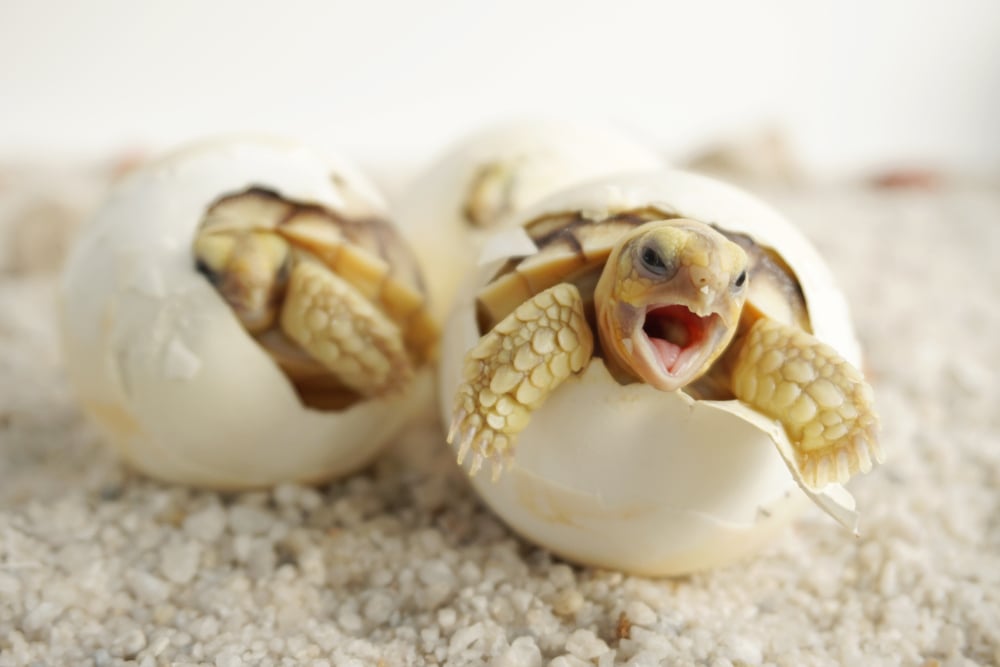
A Final Word
Having incubated for 60 days, the newborns are now ready to leave their nests and embark on a journey towards the sea, but before they can do that, sea turtle hatchlings are expected to break open their shells, all on their own. For this, they use a temporarily grown egg-tooth or “caruncle”, which is quite sharp and can be used to claw their way out of the egg.
Those who’ve been birthed as males will never return to their birthplace or any other land once they’re out to sea, whereas females will make their way back when they’re ready to nest. They eagerly burst out in small groups, clambering over their siblings and orienting themselves to the brightest horizon. Once they’ve found a direction, they make a dash towards the waves.
Unfortunately, their battle is not yet over. Many obstacles, like hungry birds, sharks, other predators, and of course plastic, lie between them and their new deep-sea home.
Only about one turtle in a thousand will make it to adulthood!
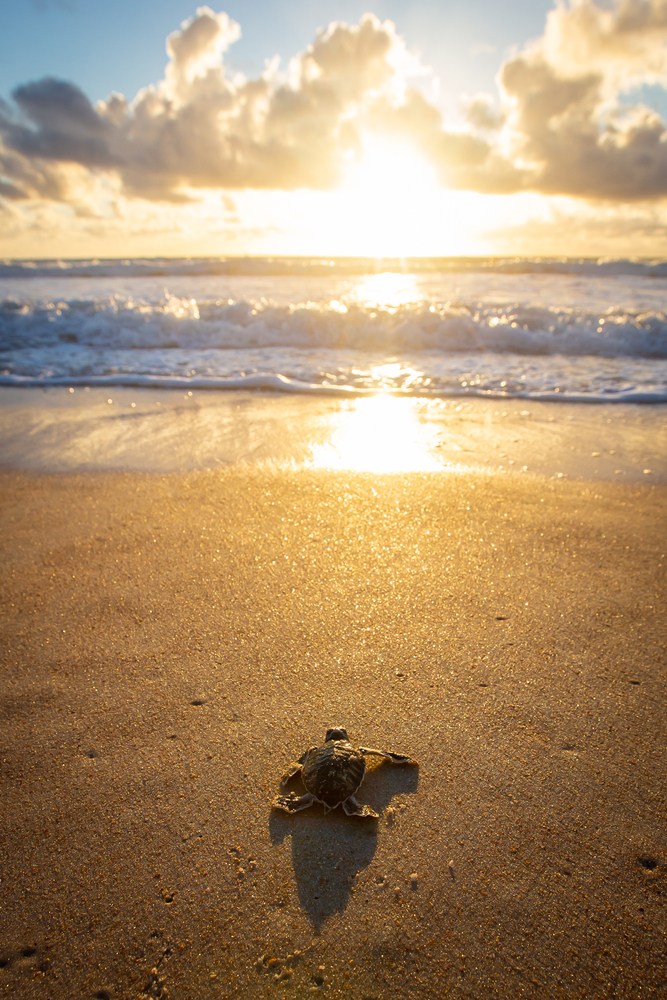
The change in climate temperatures due to anthropogenic-driven global warming is heating the sands of the world at an alarming rate and hampering the natural phenomenon of TSD. Turtles are facing the brunt of it, as their population is turning into an all-female affair. This leaves little to no males to fertilize the ever-growing female population, which will eventually threaten the species with extinction. Another study reveals that PCBs or polychlorinated biphenyl compounds, a class of widespread pollutants, can mimic the estrogen hormone, giving them the power to reverse even the sex of turtles that had been raised at “male” temperatures.
Eye color, length of their claws and the shape of their shells are all indications to look for when you go to a turtle’s gender reveal party! Now you know that whether you get a piece of blue or pink cake actually depends on the warmth of the baby turtle’s home in the sand!
References (click to expand)
- Blechschmidt, J., Wittmann, M. J., & Blüml, C. (2020, May 25). Climate Change and Green Sea Turtle Sex Ratio—Preventing Possible Extinction. Genes. MDPI AG.
- Bergeron, J. M., Crews, D., & McLachlan, J. A. (1994, September). PCBs as environmental estrogens: turtle sex determination as a biomarker of environmental contamination. Environmental Health Perspectives. Environmental Health Perspectives.
- Egg Tooth - an overview | ScienceDirect Topics. ScienceDirect
- Environmental Sex Determination - Developmental Biology. The National Center for Biotechnology Information
- Usategui-Martín, A., Liria-Loza, A., Miller, J., Medina-Suárez, M., Jiménez-Bordón, S., Pérez-Mellado, V., & Montero, D. (2019, February 7). Effects of incubation temperature on hatchling performance and phenotype in loggerhead sea turtle Caretta caretta. Endangered Species Research. Inter-Research Science Center.
- Sea Turtle Nesting Behavior| Halmos College of Arts and Sciences | NSU - hcas.nova.edu
- How do sea turtles hatch? - NOAA's National Ocean Service. The National Ocean Service
- Pearse, D. E. (2001, March 1). Turtle Mating Systems: Behavior, Sperm Storage, and Genetic Paternity. Journal of Heredity. Oxford University Press (OUP).
- 10 Tremendous Turtle Facts. The National Oceanic and Atmospheric Administration

